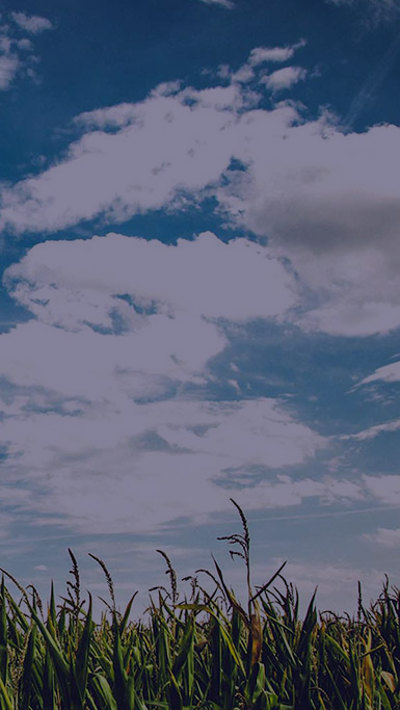Speak to our experts
Contents
The Government’s plan to improve freshwater quality is ambitious in scope and will require significant on-farm and cultural change – and this is before we get to the trickier allocation and ownership issues.
But Environment Minister David Parker is determined to begin the rehabilitation of the country’s rivers and lakes “within a generation”.
Policy objectives
The Government has three policy objectives in relation to water:
- stop further degradation
- reverse past damage, and
- develop a new allocation system to replace the current first come, first served approach.
This consultation addresses the first two of these objectives. It offers no firm timeline for the achievement of the third despite the report last month from the Waitangi Tribunal which found that the Crown “must now recognise Māori proprietary rights” and provide “proprietary redress”.
Policy instruments
The changes will be implemented at local government level in response to central government directions delivered through:
- a new National Policy Statement for Freshwater Management (NPS-FM) to replace the one introduced in 2014 and updated in 2017
- new National Environmental Standards (NES), and
- regulations under section 360 of the Resource Management Act (RMA).
Implementation would begin in June 2020 and councils would be expected to have incorporated the new requirements into their district and regional plans by “no later than 2025” – five years ahead of the current 2030 timeframe.
The Ministers (Parker, Agriculture Minister Damien O’Connor, and Local Government Minister Nanaia Mahuta) note in their introduction to the discussion document that some primary sector processors are already providing financial incentives for good environmental management and that the Government will be “encouraging others to follow their lead”.
Policy directions
Greater recognition of Māori values
Te Mana o te Wai – defined as referring to “the essential value of water, and the importance of firstly sustaining its integrity and health, before providing for essential human health needs and then for other consumption” – is already recognised in the existing NPS but would be strengthened to more clearly underpin the whole framework of the regulation.
A new planning process
This will be legislated for in the RMA amendments to be introduced into Parliament later this year. The full detail of how the new structure will work will be laid out in the Bill.
The proposal is that specialist freshwater commissioners would form a panel with local councillors and iwi representatives to hear submissions and make recommendations to the Council on the proposed plan. There would be restricted avenues for appeal at this stage.
The Council would make the final decisions, which would be subject to the normal RMA processes, including public notification.
Hydro
In recognition of the importance of electrification to a low carbon economy, the six largest hydro schemes, representing about 90% of New Zealand’s hydro capacity,1 would be listed as “exceptions” – meaning that the regional council could maintain water quality below a national bottom line if necessary to secure the benefits of the hydro generation.
This exception would be limited to existing infrastructure.
Raising the bar on ecosystem health
A large number of changes are proposed in this area, relating to all five components that contribute to the health of a freshwater ecosystem – aquatic life, habitat, water quality, water quantity, and ecological processes.
Aquatic life
Protect indigenous freshwater biodiversity by:
- creating a new compulsory national value for threatened species, and
- requiring property owners to provide passage for fish to the sea.
Habitat
- Protect against any further loss of natural wetlands through tighter controls against drainage, damming, diversion, water takes, reclamation, disturbance of the bed or clearance of vegetation.
- Protect against any further infilling of streams and rivers in urban areas unless specific exceptions apply. When stream loss through piping or reclamation cannot be avoided, require that any residual adverse effects are offset or compensated for.
Water quality
- Set new bottom lines for nutrient pollution (nitrogen and phosphorus). It is acknowledged that this would require a more than 50% reduction in nitrogen loads in parts of Canterbury.
- Set limits for deposited and suspended sediment.
- Raise the “swimmable” threshold in summertime.
Feedback is being sought on a proposal from the Science and Technical Advisory Group (one of four groups which fed into the reform proposals) to establish a bottom line for nitrogen of one milligram per litre of dissolved inorganic nitrogen. Much will depend on whether this limit will be determined on a catchment by catchment basis or nationally. A national standard would be impossible to meet in some catchments, forcing a lot of farms out of business.
Water quantity
- Require water use to be measured every 15 minutes and transmitted in daily electronic records. This would apply to consents of 20 litres per second or higher two years after the regulation taking effect. Smaller takes would have six years to comply. Up to 11,000 water permits will be affected.
Farm practices
To cover the five year period from the passage of the reforms in 2020 until the 2025 implementation deadline for councils, the Government is proposing a package of interim measures to restrict any further intensification of land use and increase in farm outputs in high nitrate/nitrogen catchments.
These restrictions will apply to:
- increases in the land dedicated to irrigated pastoral, arable or horticultural production above 10 hectares
- changes in land use above 10 hectares from arable, deer, sheep or beef to dairy and from woody vegetation or forestry to any pastoral use, and
- increases in forage cropping under specific circumstances.
In all these cases a resource consent will be granted only if the activity does not increase nitrogen, phosphorous, sediment or microbial pathogen discharges above the property’s or enterprise’s current baseline.
Land conversion to commercial vegetable growing would also require consent.
Further out, all farms will be required to have a farm plan with a freshwater module. The plans will have to set out how stock will be excluded from waterways and, in high risk catchments, the actions that will be taken to rapidly reduce nutrient leaching.
Still to be decided is whether these plans should be supported by a nitrogen loss cap and, if so, whether this should be set at national or catchment level.
There are also specific proposals relating to intensive winter grazing.
The costs of achieving compliance with the new regime will vary from farm to farm but will be significant.
From here
Public meetings will be held around the country. Check the itinerary here.
The written submissions will be considered by an Independent Advisory Panel chaired by Environment Court Judge David Sheppard. Other members are: Landcare Research hydrology and water management scientist Andrew Fenemor, Director of Te Onewa Consultants Antoine Coffin, agricultural economist and dairy farmer Tracy Brown, and Anderson Lloyd partner Maree Baker-Galloway.
Our comment
The scope of the proposed change is far-reaching and will require detailed analysis. We all have an interest in freshwater resources, and finding the appropriate path that enables desired environmental outcomes at the same time as enabling social and economic wellbeing (which in many cases relies on the use of freshwater or has inevitable impacts on water), will require very careful consideration.
All users of water will be impacted, with farmers in particular feeling a ‘double whammy’ from the proposed inclusion of agriculture in the Emissions Trading Scheme – making it likely that this will be the focus of much of the political and public debate.
However, any business which uses large amounts of water, or which takes, dams, diverts or discharges into freshwater, will be affected by the proposals and needs to be across them.
If you would like to discuss the implications for your business, please get in touch with one of our contacts.
1 Waikato, Waikaremoana, Tongariro, Waitaki, Manapouri and Clutha










































